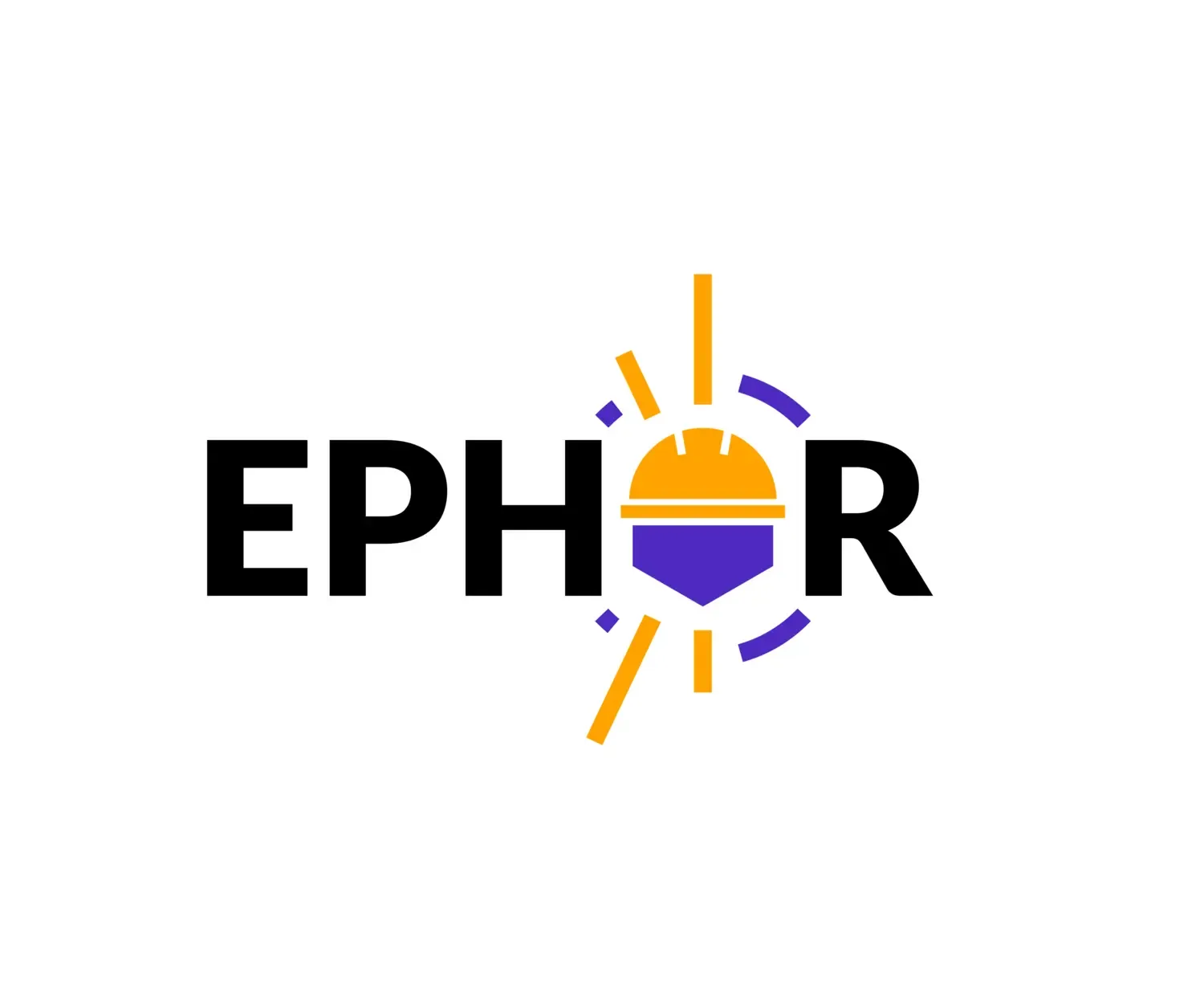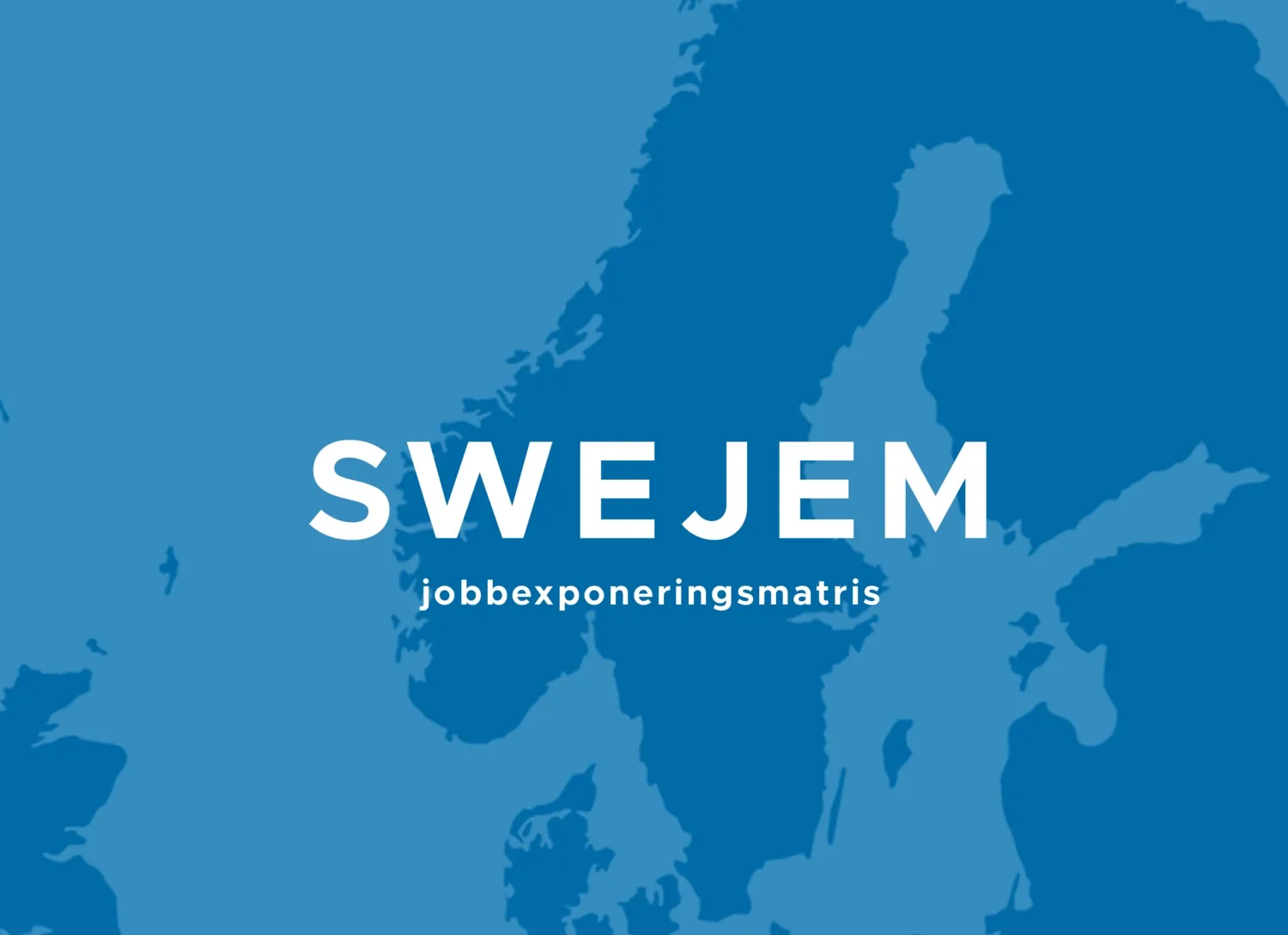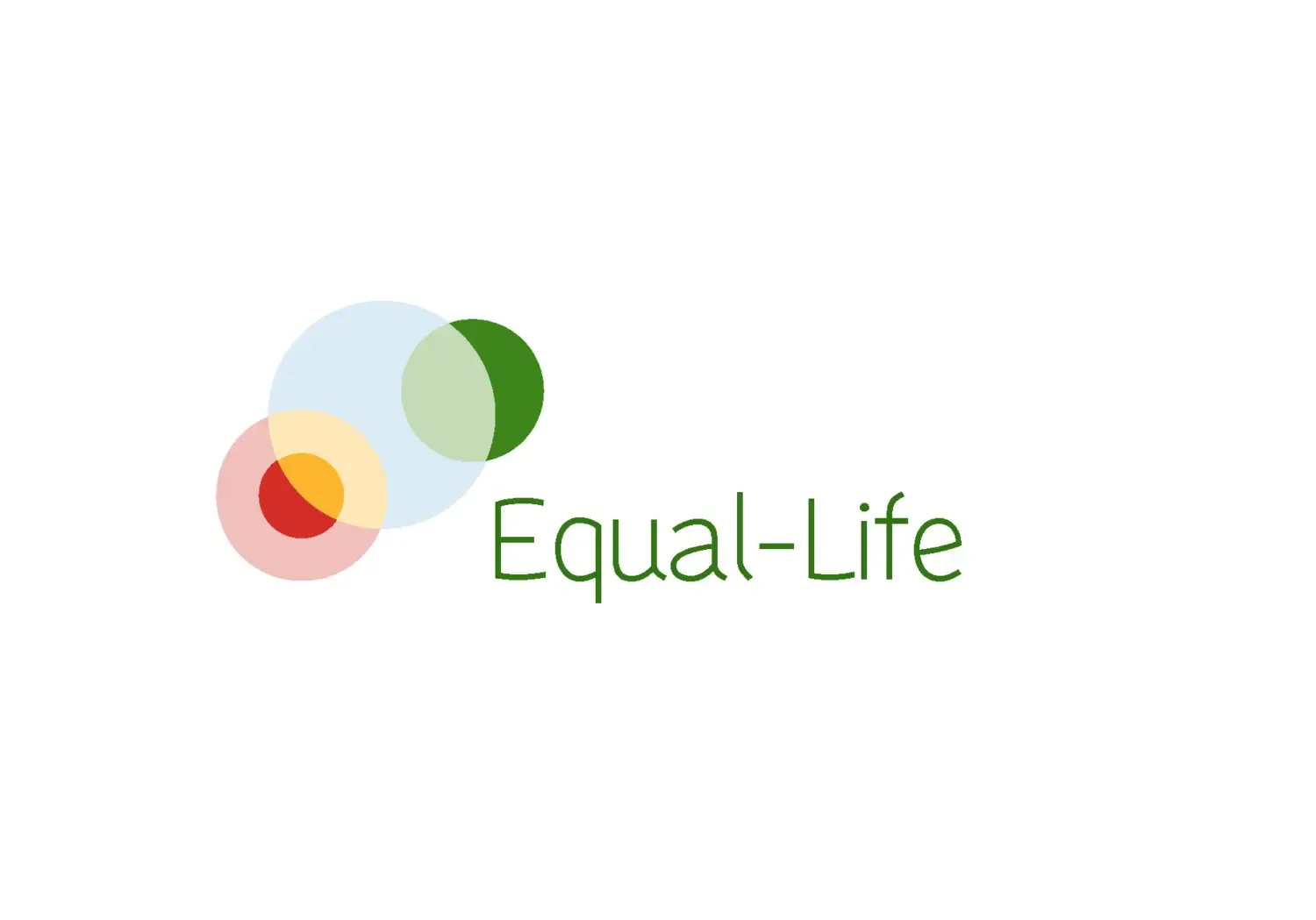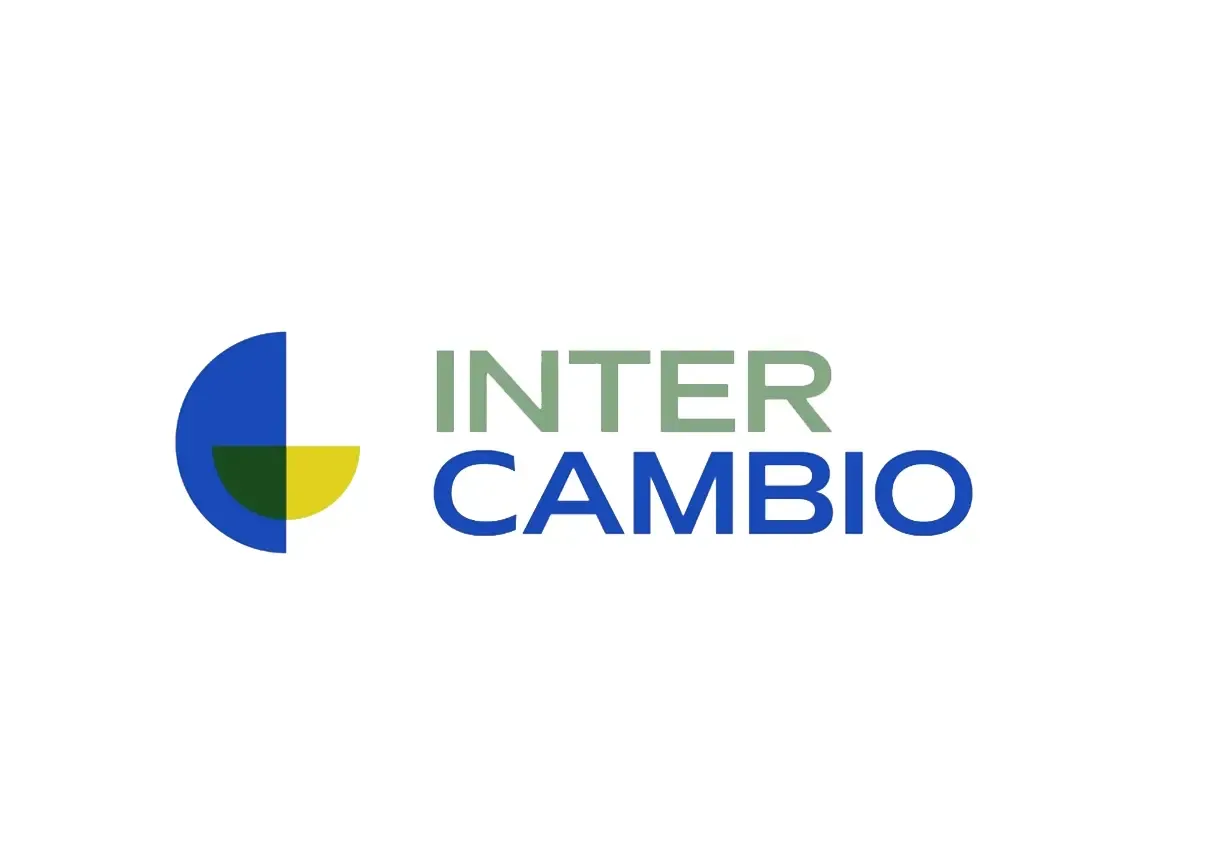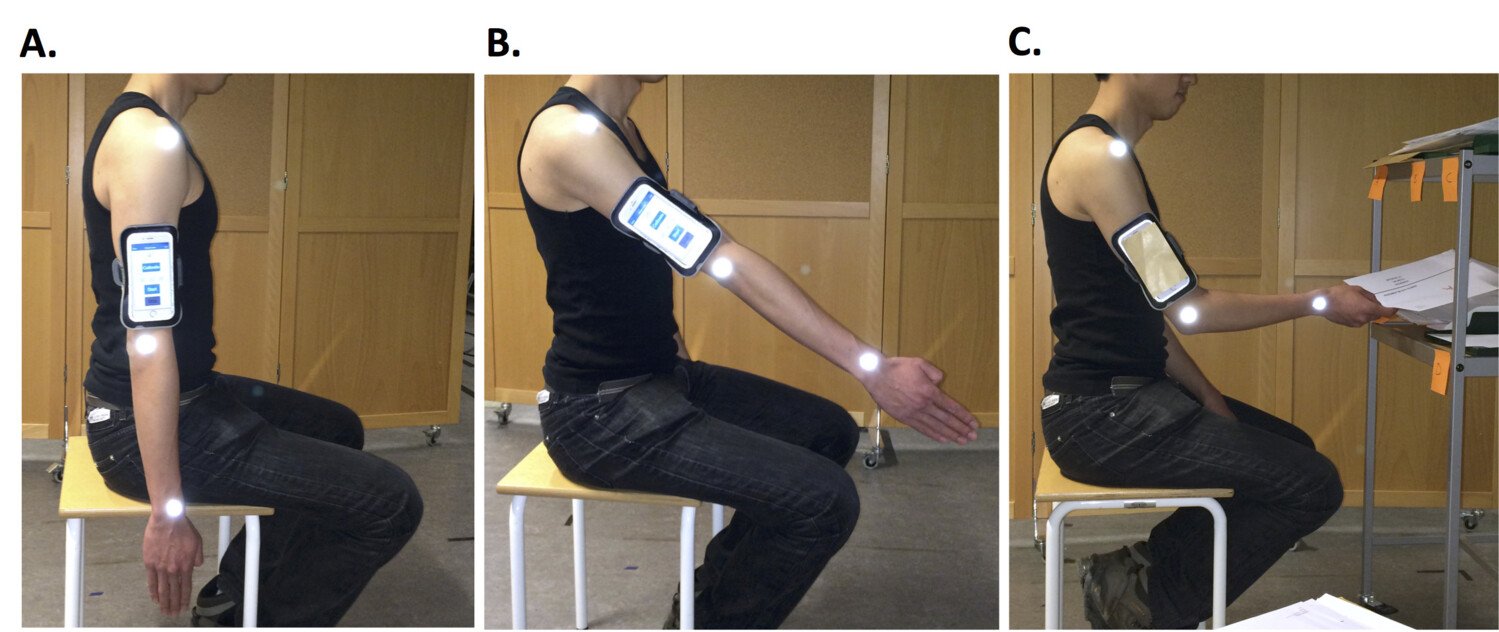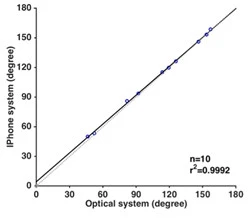The unit consists of four research groups – Bodin, Brulin, Falkstedt, and Selander.
The unit consists of approximately 70 employees and affiliates who research and educate in the field of occupational medicine.
Cohorts and epidemiological research
Within the unit, the multidimensional job exposure matrix SWEJEM is also being developed for the classification of exposure to chemicals, particles, noise, vibrations, physical strain, psychosocial factors, and precarious employment conditions. SWEJEM is used in large-scale epidemiological cohort studies and is a national research infrastructure. We also have several extensive datasets where health outcomes among working men and women are studied over time: ATHOS, SNOW, and SWIP, as well as the mother-child cohort FAIR. Health outcomes studied include cardiovascular disease, cancer, pregnancy complications, mental health issues, and exclusion from the labor market due to health problems.
Measurement projects
The unit also conducts ongoing measurement projects at workplaces where new measurement methods for ergonomic strain are evaluated with smart textiles alongside more traditional measurements of particles, chemicals, noise, and vibrations in relation to biomarkers. Additionally, the work environment is evaluated using qualitative methods, and new types of workplace interventions are developed and assessed.
Ongoing research projects
The unit leads parts of the EU projects EPHOR, Equal-Life, and Intercambio. We are also active in international consortia such as Precarious Work Research (PWR). Additionally, we lead several national program grants from FORTE, including ALGOSH and Ett hållbart arbetsliv, as well as numerous individual projects.
Research groups
 Photo: Pia Isaksson
Photo: Pia IsakssonTheo Bodin
We explore the impact of non-standard employment and algorithmic management on work environments, health, and well-being, addressing the consequences of digitization, automation, and platformization in the labor market. Other research areas include workplace interventions, work effects of alcohol use disorders, gender-based harassment and occupational injury epidemiology
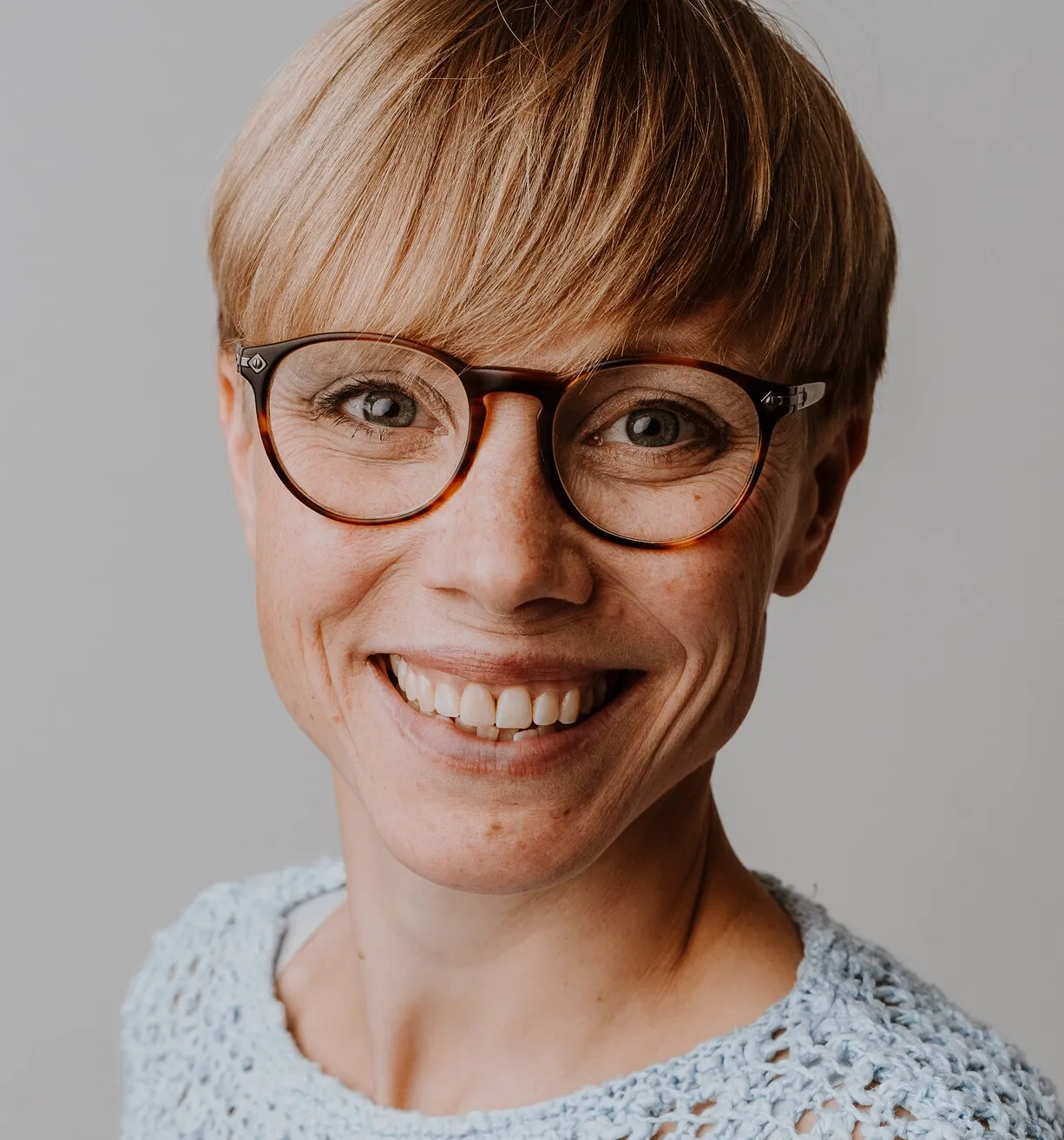 Photo: N/A
Photo: N/AEmma Brulin
The research group investigates 1) organizational and individual risk and protective factors in the psychosocial work environment, 2) effects of shift and night work, and 3) symptom development and rehabilitation in stress-related ill health. We have a particular focus on employees within healthcare and how the work environment and health of the personnel affect the quality and safety of healthcare.
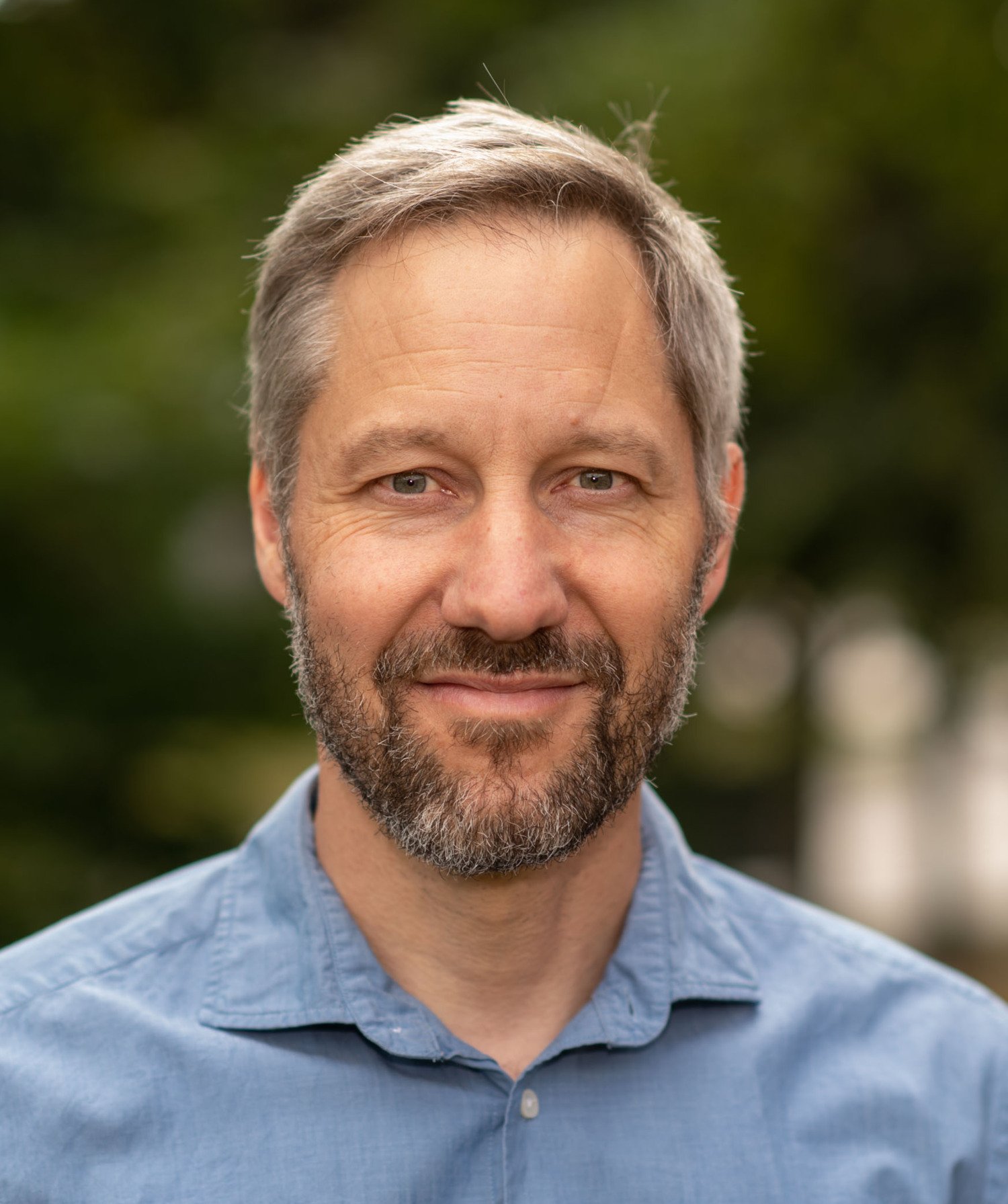 Photo: N/A
Photo: N/ADaniel Falkstedt
The research group takes a main interest in musculoskeletal disorders and psychological distress as consequences of unfavourable working life and labour market conditions.
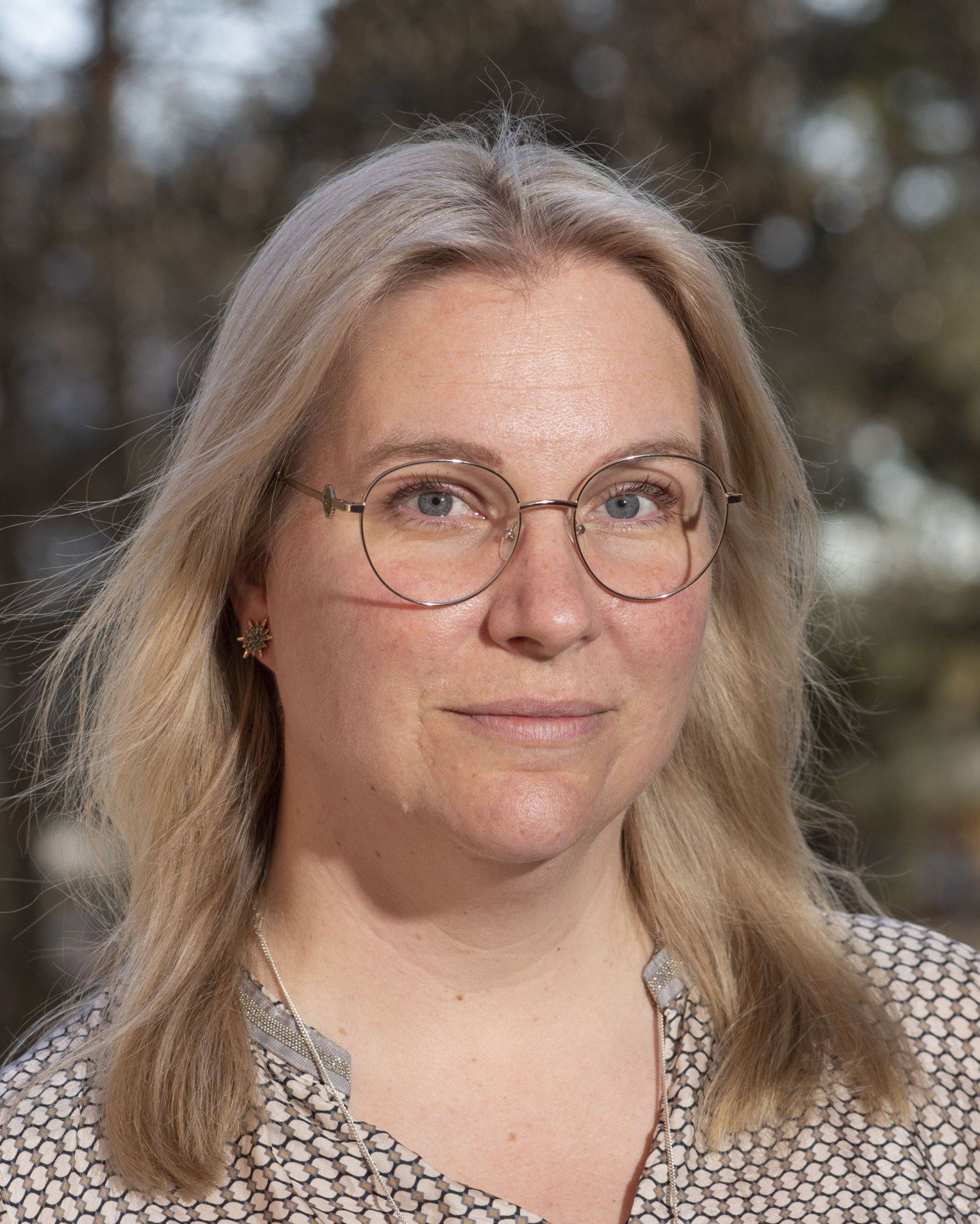 Photo: N/A
Photo: N/AJenny Selander
Our research is focused on chemical and physical exposure in the work environment and health, with a focus on epidemiology, field studies and exposure assessment.
EPICOH 2026
 Photo: Kevin Skogh
Photo: Kevin SkoghEPICOH 2026
We are delighted to invite you to the EPICOH 2026 Scientific Conference, taking place in the vibrant city of Stockholm from 24 to 27 August. This international gathering will bring together researchers, practitioners, and policymakers in occupational and environmental epidemiology to share
cutting-edge science, foster collaboration, and inspire innovation.




